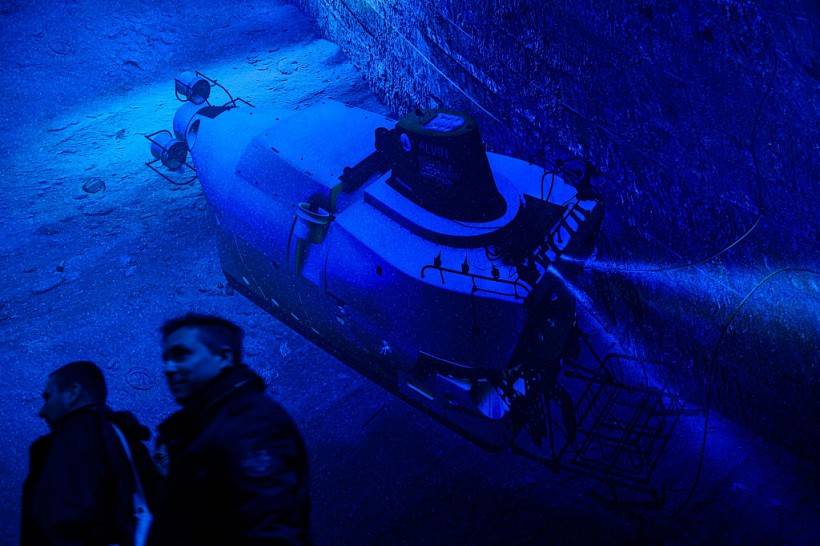Rescue teams engaged in a desperate search for a missing submersible that was documenting the wreckage of the Titanic made a significant discovery as Canadian military surveillance aircraft detected underwater noises in the remote North Atlantic, according to a report by AP.
The noises, yet to be identified, provided hope for the five individuals aboard the Titan, as time, is of the essence, with only a day's worth of oxygen estimated to be remaining.

Underwater Sounds Detected
Details regarding the nature of the underwater noises were not divulged in the US Coast Guard's statement, leaving room for speculation. However, the mere detection of these sounds raised optimism among the search and rescue teams working to locate the missing submersible.
The vessel's depth, believed to be around 12,500 feet (3,800 meters) near the historical ocean liner's resting place, posed a significant challenge to rescue efforts.
As the search intensified, concerns emerged regarding the accessibility of the submerged submersible. Newly revealed allegations suggested that safety concerns had been raised by a former employee of OceanGate, the company behind the submersible, during its development.
This adds another layer of complexity to the ongoing rescue operation. Meanwhile, the Coast Guard deployed an underwater robot to the area where the noises were detected, although the initial searches did not yield any positive results.
The Canadian P-3 Orion aircraft, responsible for detecting the underwater noises, shared its data with US Navy experts for further analysis. The findings will play a crucial role in shaping future search plans.
Rolling Stone cited internal emails from the US Department of Homeland Security and reported that teams had heard "banging sounds in the area every 30 minutes," shedding light on the challenging conditions faced by the missing submersible.
Race Against Time
In the race against time, multiple international ships, planes, and an underwater robot were deployed to search the vicinity of the Titanic wreckage. Salvage equipment is also being prepared in case the submersible is found.
The Canadian military contributed a patrol aircraft and two surface ships, including one specializing in dive medicine, while sonar buoys were deployed to assist in locating the Titan.
The urgency of the situation stems from the limited oxygen supply aboard the vessel, which could be depleted by Thursday morning.
The submersible set off on its expedition on Sunday, carrying a skilled pilot, a renowned British adventurer, two prominent members of a Pakistani business family, and another passenger. David Concannon, an advisor to OceanGate, confirmed that the submersible had a 96-hour reserve of oxygen.
As search teams tirelessly comb the depths of the North Atlantic, the fate of those aboard the Titan hangs in the balance. The global effort to locate and rescue the missing submersible is a race against time, with hopes pinned on the discovery of the vessel before its oxygen supply dwindles further.
Related Article: [WATCH] This Rare, Unseen Footage Features the Haunting Wreckage of the Titanic










